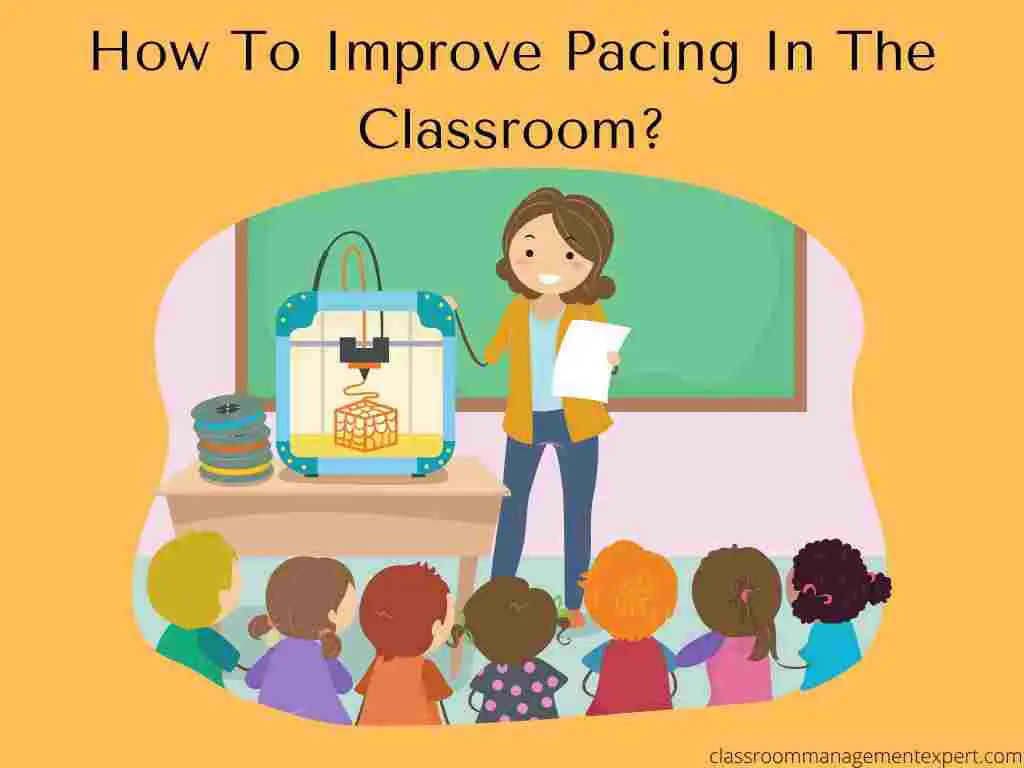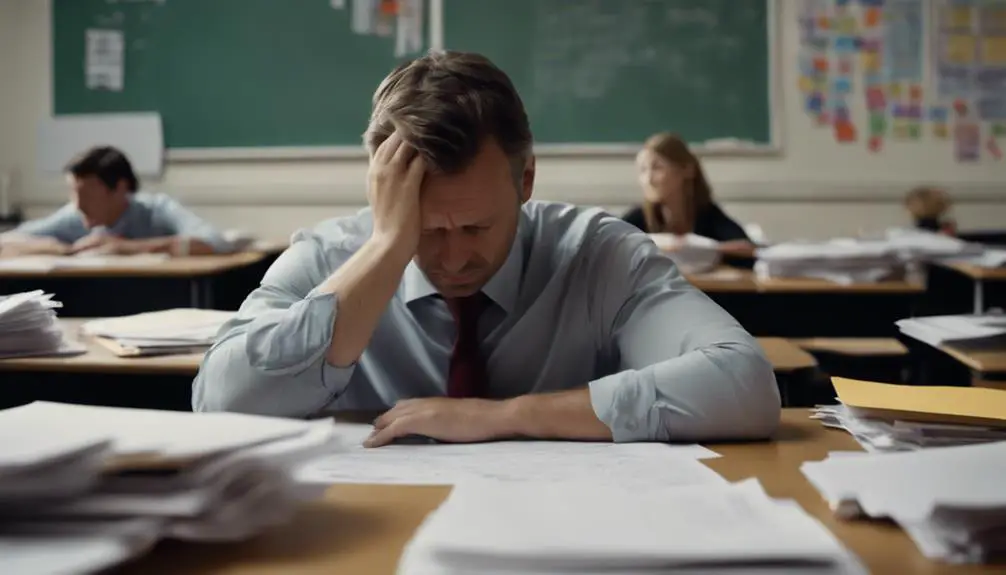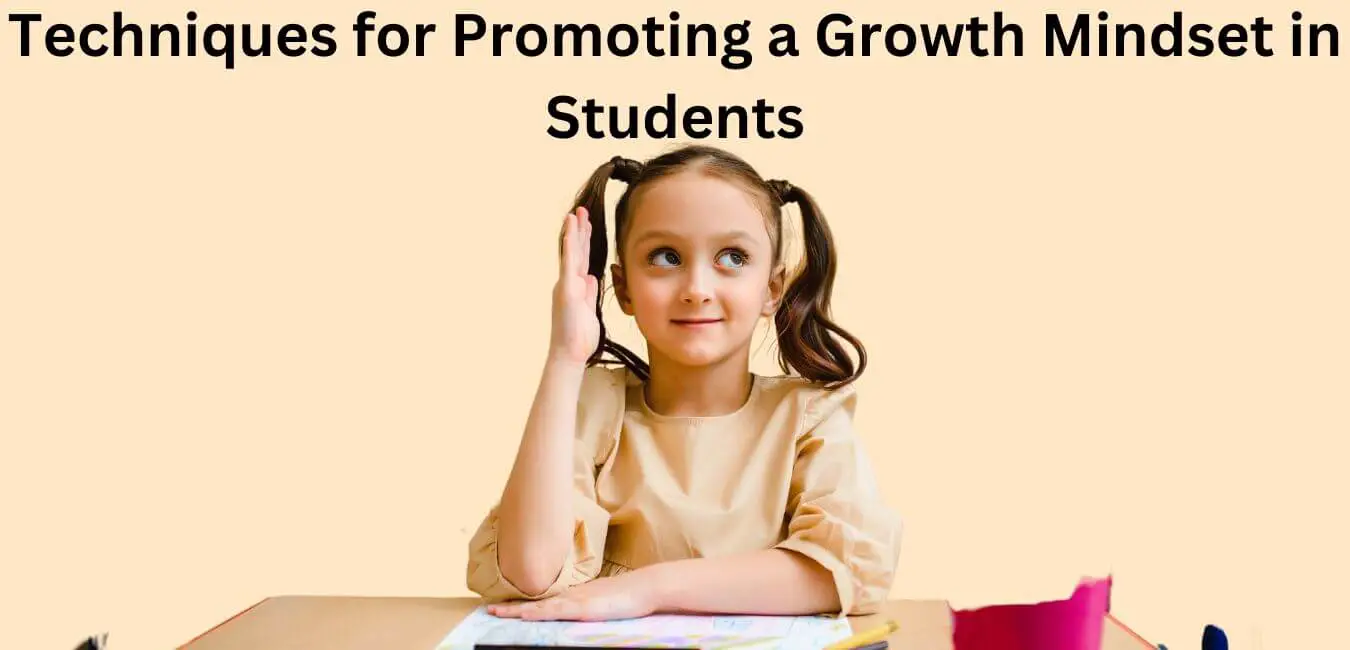Pacing is an important part of teaching, but it can be difficult to get it right. As a teacher, you need to be aware of your students’ needs and be willing to make changes. This way, you can ensure that your classroom is a productive and positive learning environment. There are a few ways you can improve pacing in the classroom.
One way is to vary the types of activities you do throughout the day. For example, you might start with a whole-class activity, then move on to small groups, and then end with individual work. This will keep students from getting bored and will help them stay engaged.
Another way to improve pacing is to be aware of how long each activity is taking and make adjustments as needed. For instance, if an activity is taking longer than anticipated, you can cut it short or save it for another day. It’s important to be flexible and willing to change your plans if something isn’t working.
But what is the importance of improving pacing in the classroom? And how do you improve pacing in the classroom? Stay tuned for answers to these questions and many more.
What is pacing in the lesson or classroom?
Pacing is the speed at which a lesson or classroom is delivered. It is important to maintain a good pace in order to keep students engaged and ensure progress is made. Every teacher has their own style and pacing, and what works for one teacher may not work for another.
If a teacher feels that their pacing is too slow or fast, they can adjust accordingly. Pacing is also an important aspect of classroom management and should be considered when planning a single lesson or an entire unit. Good pacing will challenge students without overwhelming them.
Moreover, if the pacing is too slow, students will get bored. If the pacing is too fast, students will get lost. The ideal pacing is somewhere in the middle, where students are engaged and able to follow along.
Why is pacing important in the classroom?
Pacing is important in the classroom because it helps ensure that all students have an opportunity to learn the material. When pacing is too slow, some students may become bored and disengaged. When pacing is too fast, some students may feel overwhelmed and unable to keep up.
Pacing allows the teacher to adjust the pace of instruction to meet the needs of all students in the class. Here are some reasons why pacing is important in the classroom:
1. Pacing can help to prevent behavioral problems by keeping students on task and focused. Many teachers find that a well-paced lesson is easier to manage than one that is slow or fast-paced.
2. Pacing can be an effective classroom management strategy in itself. By varying the pace of lessons, teachers can keep students engaged and prevent them from becoming bored or restless.
3. Pacing can help to ensure that students learn the material in a way that is most effective for them. Many students benefit from a mix of fast-paced and slow-paced activities, and pacing can help to provide this variety.
4. Pacing can be a good way to share strategies with other teachers. By sharing ideas on how to pace lessons effectively, teachers can learn from each other and improve their own teaching.
5. Finally, pacing is simply a good way to teach. Many teachers find that they teach more effectively when they are able to control the pace of their lessons.
Pacing is an important element of successful classroom management and instruction. By understanding why pacing is important and how to pace their lessons effectively, teachers can ensure that their students benefit from their instruction in many ways.
What Does Good Pacing Look Like?
Pacing is the speed at which a teacher presents material and how much time is spent on each activity. Good pacing keeps students engaged and allows them to complete the task at hand. A good pace is not too fast or too slow, but just right for the students in the class.
Furthermore, good pacing is when a teacher assesses how well students are understanding the material and makes adjustments accordingly. This may mean sticking to a master plan, but teachers must be flexible and responsive to student needs.
Moreover, students know when a teacher’s behavior is off, so pacing is also about student engagement. If students are not engaged, they will not think about the lesson objectives.
Finally, good pacing is when teachers and students are working together to ensure that the goals of the lesson are met.
13 strategies to help you improve your pacing in the classroom or lesson.
There are several strategies that can help you improve your instructional pacing in the classroom or lesson. To improve pacing in the classroom, teachers must think about the learning target and what they want students to achieve within the lesson. Then, plan their learning activities and transitions accordingly.
It is also important to be clear to students about the expectations and objectives for the lesson. Every student should know what they need to do and be given adequate time to complete the task.
Additionally, monitoring student progress and providing feedback will help ensure that everyone is on track and understands the material. Here are some tips on improving pacing in the classroom:
1. Start with the end in mind.
Starting with the end in mind is a great way to improve pacing in the classroom. By knowing what you want your students to achieve at the end of the lesson, you can better plan how to pace your instruction. This will help ensure that your students are able to learn all the material and stay engaged throughout the lesson.
2. Set a goal for each class or lesson.
To improve pacing in the classroom, it is helpful to set a goal for each class or lesson. This way, you can ensure that each class is moving at a steady pace and that students are not getting bored or frustrated. Having a goal in mind will also help you to better plan your lessons and keep track of your progress.
3. Make a plan.
If you want to improve the pacing in your classroom, you need to make a plan. First, identify the areas where the pacing is slow. Then, come up with some ideas to speed things up in those areas. For example, you might want to add more hands-on activities or break up longer lectures into shorter segments. Finally, put your plan into action and see how it goes.
4. Know your students.
To improve pacing in the classroom, you need to get to know your students. Find out what works for them and what doesn’t. Some students may need more time to process information, while others may work best when the pace is quicker. Adjust your teaching style accordingly and be flexible with your students’ needs.
5. Be prepared.
To improve pacing in the classroom, be prepared. This means having a clear plan for what you want to accomplish in each class period and being mindful of how long each activity will take.
It also means being aware of your students’ levels of engagement and energy, and knowing when to adjust your plans accordingly. Having a well-paced classroom can help keep students engaged and focused and can make the learning process more efficient and effective.
6. To improve pacing in the classroom, keep it fresh.
One way to improve the pacing in your classroom is to keep it fresh. This means introducing new topics and activities on a regular basis. This will help keep your students engaged and prevent them from getting bored.
7. Use transitions wisely.
To improve pacing in the classroom, use transitions wisely. By using transitions effectively, you can keep your students engaged and help them move through the material at a pace that is comfortable for them. Try to use a variety of transitions, and make sure that they are appropriate for the age and ability level of your students.
8. Vary your pace.
To improve pacing in the classroom, you can vary the pace of your lessons to keep things interesting. For example, you can start with a fast-paced activity and then follow it up with a slower-paced one. By mixing things up, you can keep your students engaged and ensure that they are learning at a good pace.
9. Use silence strategically.
To improve the pacing in your classroom, be strategic with your use of silence. For example, if you notice that students are starting to get restless, take a break and give them a chance to move around or talk quietly with their colleagues.
Also, if you’re working on a particularly challenging concept, give students a few minutes to think about it before calling on volunteers to share their ideas. By using silence strategically, you can help keep your students engaged and learning at a steady pace.
10. Employ humor judiciously.
To improve pacing in the classroom, employ humor judiciously. By using humor appropriately, you can help keep students engaged and interested in the material.
However, be careful not to overdo it, as too much humor can be distracting and disrupt the flow of learning. Use your best judgment to find the right balance for your students.
11. Avoid lecturing at all costs.
To improve pacing in the classroom, avoid lecturing at all costs. This means keeping your lessons short and to the point, and using a variety of activities to keep students engaged. If you must lecture, make sure to break it up with questions, discussion, and other activities.
12. Keep it short and sweet.
To improve pacing in the classroom, keep your lessons short and sweet. This will help keep the students engaged and prevent them from getting bored. Remember to vary your activities and keep the students moving around to avoid any lulls in the lesson.
13. Be flexible and adjust on the fly if necessary.
To improve pacing in the classroom, be flexible and adjust on the fly if necessary. This means being open to making changes to your lesson plan as you go, in order to keep the class moving at a good pace. It can be helpful to have a general outline of what you want to cover in each class, but be willing to deviate from it if needed.
Additionally, keep an eye on the clock and make sure you are using your time wisely. If you find yourself getting behind, try to speed up the pace or cut out some material.
Conclusion
After trying out all 13 of these strategies, you should have a much better handle on how to keep your pacing under control in the classroom or during a lesson. Remember to be mindful of how your students are reacting to the pace of your instruction, and make adjustments as needed.
With a little practice, you’ll be able to find the perfect balance of speed and engagement for your students. Thanks for reading!













